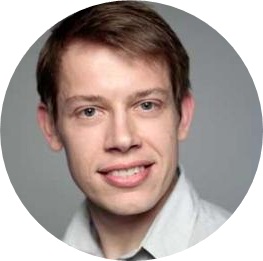
|
SELF-ORGANIZATION AND FUNCTIONS IN FLOCKS AND SCHOOLSPawel Romanczuk (Personal webpage)Institute for Theoretical Biology, Humboldt Universität zu Berlin, Berlin, Germany
Animal groups or cellular ensembles represent fascinating examples ofself-organized biological systems. In contrast to non-living physicalsystems, self-organized biological collectives are the result ofevolutionary adaptations. But collective behavior is also always subjectto constraints set by the physics of the interaction mechanisms andcorresponding self-organized dynamical structure. Our general aim is toexplore this interplay between self-organization and function incollective behavior in biology with an approach rooted in statisticalphysics, stochastic systems and network theory. Classical models ofcollective behavior inspired by statistical physics often implicitlyassume that individuals have access to state variables not directlyencoded it their sensory input, such es exact velocity vectors of allneighbors within a finite interaction range. It becomes more and moreapparent that the classical models need to be revised to incorporateconstraints of individuals perception, i.e., how internal and externalinformation are acquired and processed, leading to novel types of modelsand unexpected dynamical behavior at macroscopic scales. In thiscontext, I will discuss different aspects of our recent work: |